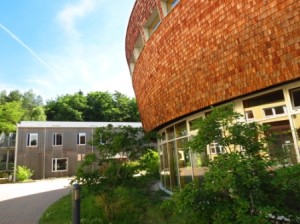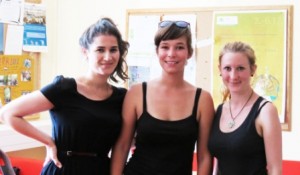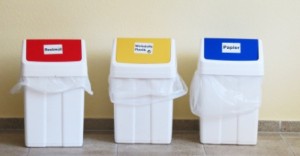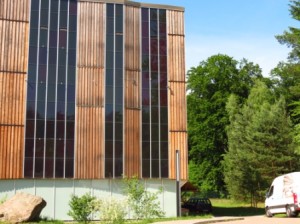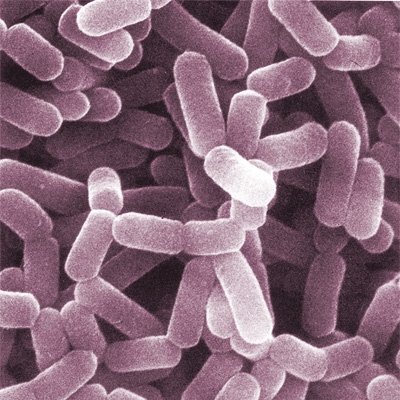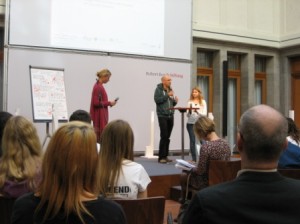What’s it like to study sustainability?
Everyone talks about sustainability. But what’s it like to actually study the subject at university? And indeed, what does a university that teaches sustainable development look and feel like? Our reporter Laura Hennemann went to have a look at an unusual institution near Berlin.
Towering beech and spruce trees and plenty of clean, fresh air – that’s the first impression I get of the campus of the HNEE (Hochschule für Nachhaltige Entwicklung Eberswalde) or the University of Applied Sciences for Sustainable Development. It seems like the perfect setting for a university where students come to learn how to shape a more sustainable future.
The HNEE is located in the small town of Eberswalde, approximately 50 kilometres north-east of Berlin. It’s home to some 2,000 students who can choose from 16 different bachelor and master degree courses, among them forest information technology, marketing in organic agriculture and sustainable tourism management.
I’m curious about what kind of people a university of its kind draws. Do the students feel elitist given that they are studying to learn how to tackle some of the most pressing ecological problems of our time, studying to save the planet?
I meet Sina, Hanna and Fee, three young women studying international forest ecosystem management. They tell me that the students are a mixed bunch, ranging from iPhone owners, tree huggers to some rather extreme environmentalists. And it’s not just the students. The professors too have different mind-sets, they say.
The one thing the three agree on is that studying at the HNEE can change your outlook. There are frequent discussions on the environment and a course on sustainability is compulsory for everyone in the first semester. Also, it’s the little details which affect the students, they tell me.
I had noticed them myself when wandering around the campus. The building’s energy performance certificate is pinned prominently on a noticeboard at the entrance. There are waste bins in each room, consisting of three bright-coloured parts for easy waste separation. And of course, the printers and photocopiers use recycled paper. Another, probably unrelated, detail caught my eye – Both the ladies’ and the men’s toilet has a diaper-changing area. I secretly enjoy such progressive thinking.
But it’s much more than such small details. The students tell me that the campus is powered by energy from a green electricity provider. Some buildings even have their own photovoltaic systems. And all the food at the canteen is organic. The environment certainly does make every student a little more ecologically inclined, the students tell me, regardless of your attitude when when you started
I go on to the second campus of the HNEE in the town center where I meet Vera Luthardt. She is a professor at the faculty of landscape management and nature conservation and proud of the new name the HNEE gave itself: “To be very honest, I was almost surprised that implementing the term “sustainability” got a majority in 2010,” she says. And even more importantly, Luthardt adds, was the subtitle when the new name was announced: “Our name reflects our mission.”
Luthardt’s own research focuses on bog landscapes. Among other things, she and her colleagues are currently investigating how the re-wetting of ecologically damaged bogs might bind CO2.
And it’s not just young students that the HNEE is targetting. In addition to the bachelor’s and master’s degree courses, the university also offers an extra distance learning degree for working professionals in the corporate sector. It’s called strategic sustainability management.
“We cannot wait another entire generation for a rethink to take place,” Luthardt says. She has been teaching at the HNEE since 1993 and is proud to be working at a university which sets itself apart from the rest.



